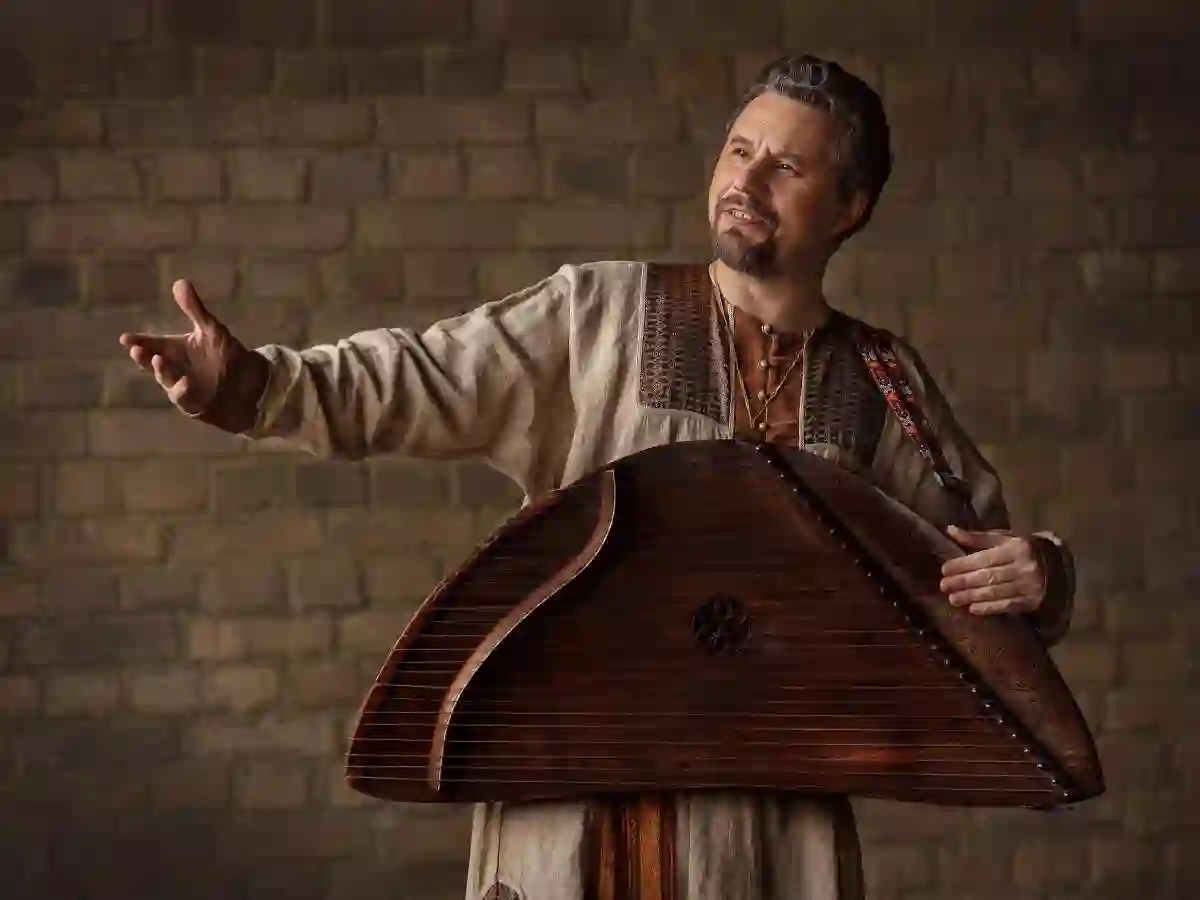When we think about musical instruments, it’s usually the familiar ones that come to mind — guitars, violins, pianos, maybe a saxophone or two.
But July 31 isn’t about the usual suspects.
Instead, it shines a spotlight on the wonderfully weird and rare instruments that often go unnoticed. Welcome to Uncommon Musical Instrument Awareness Day, where music takes a truly unconventional turn.
Why Celebrate the Strange and Unheard?
Music is a deep part of human history. It’s been with us for thousands of years, offering a way to express emotions, connect across cultures, and tell stories without words.
Some instruments, like the flute, have been around for more than 40,000 years — the earliest examples found in caves, made from bird bones and mammoth ivory.
While popular instruments dominate the stage and airwaves, there are dozens — even hundreds — of lesser-known instruments that bring completely different textures and sounds into the world.
That’s what this quirky holiday is all about: honoring the underdogs of the musical world.
Ancient Tools and Experimental Creations
Uncommon instruments span continents and centuries.
Think of the gusli, a stringed instrument used by Russian folk musicians, or the jaw harp (also known as the vargan), which has been played in many cultures and even used in spiritual rituals.
There’s the hurdy-gurdy, which sounds like a mechanical violin, and the hang drum, known for its hauntingly beautiful resonance.
Some inventions are straight out of a fever dream.
The cat piano, for instance, was more of a bizarre 19th-century idea than an actual instrument.
It involved real cats arranged by pitch, whose tails were tied to keys to make them meow in melody.
Thankfully, that one never made it to market.
Then there’s the hydraulophone, which creates music through water vibration, or the gigantic Boardwalk Hall Auditorium Organ in Atlantic City that boasts over 33,000 pipes — it’s the world’s largest playable musical instrument.
Exploring Sounds Across Cultures
Different regions have developed unique instruments that reflect their culture and spirituality.
In Zimbabwe, you’ll find the mbira, an instrument played with the thumbs. In India, the shankh (a conch shell horn) is blown during religious rituals.
Indigenous communities have long used the tambourine and jaw harp in shamanic ceremonies to connect with the spirit world.
The bonang from Indonesia is a visually striking set of bronze gongs that sit on a wooden frame, each suspended above resonating clay bowls.
And modern musicians haven’t held back either — some experiment with cheese drums, vegetable flutes, and even custom-built, one-of-a-kind hybrids of classic instruments.
No Official Holiday, But Global Recognition
Uncommon Musical Instrument Awareness Day might not be a public holiday, but it’s certainly celebrated by musicians, educators, and curious music lovers around the globe.
It’s a reminder that musical creativity has no limits — and that some of the most fascinating sounds come from the least expected sources.
The day encourages us to explore new sounds, discover ancient traditions, and maybe even try our hand at building something musical from scratch.
Whether you’re strumming on a quirky harp or just watching a YouTube video of someone playing the water-powered hydraulophone, it’s all part of the fun.
A Chance to Expand Your Musical Imagination
At its core, this day is about curiosity and joy.
Music isn’t just something to listen to — it’s something to play, explore, and invent.
And on July 31, the focus shifts to the instruments that rarely get their moment in the spotlight.
So if you’ve never heard of a tongue drum, or seen someone play a guitarrón, now’s your chance.
Who knows — maybe you’ll be inspired to learn a new instrument, or even build your own out of recycled materials.
Because in the end, music is about more than just melodies and rhythms.
It’s about creativity, culture, and connection — and Uncommon Musical Instrument Awareness Day celebrates all of that in the most unexpected ways.
